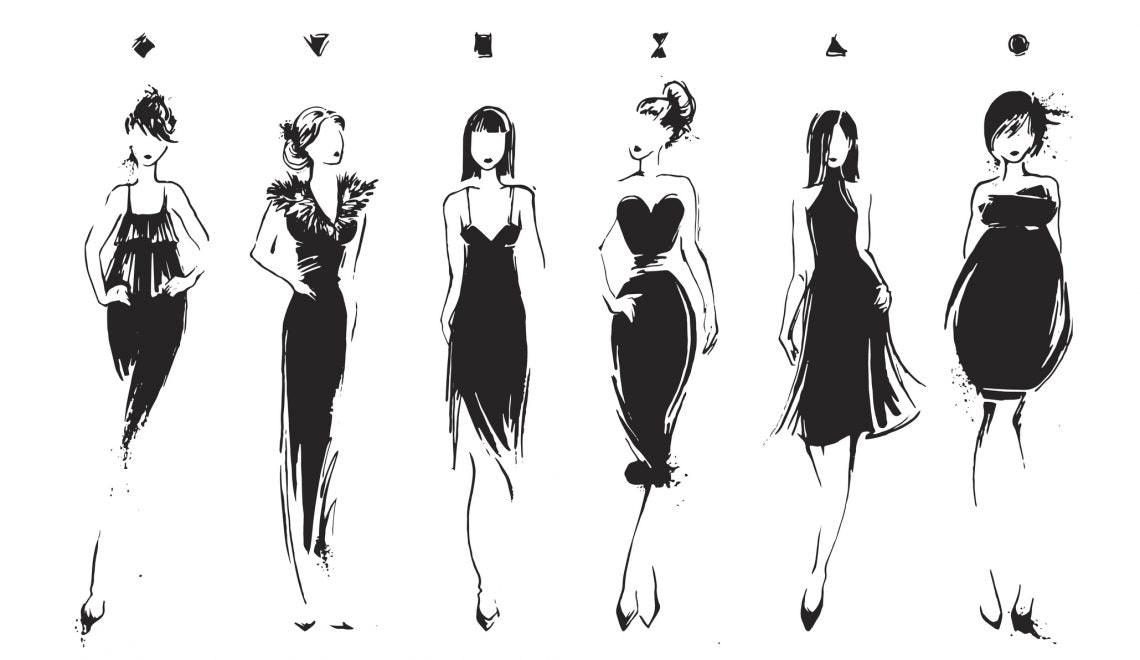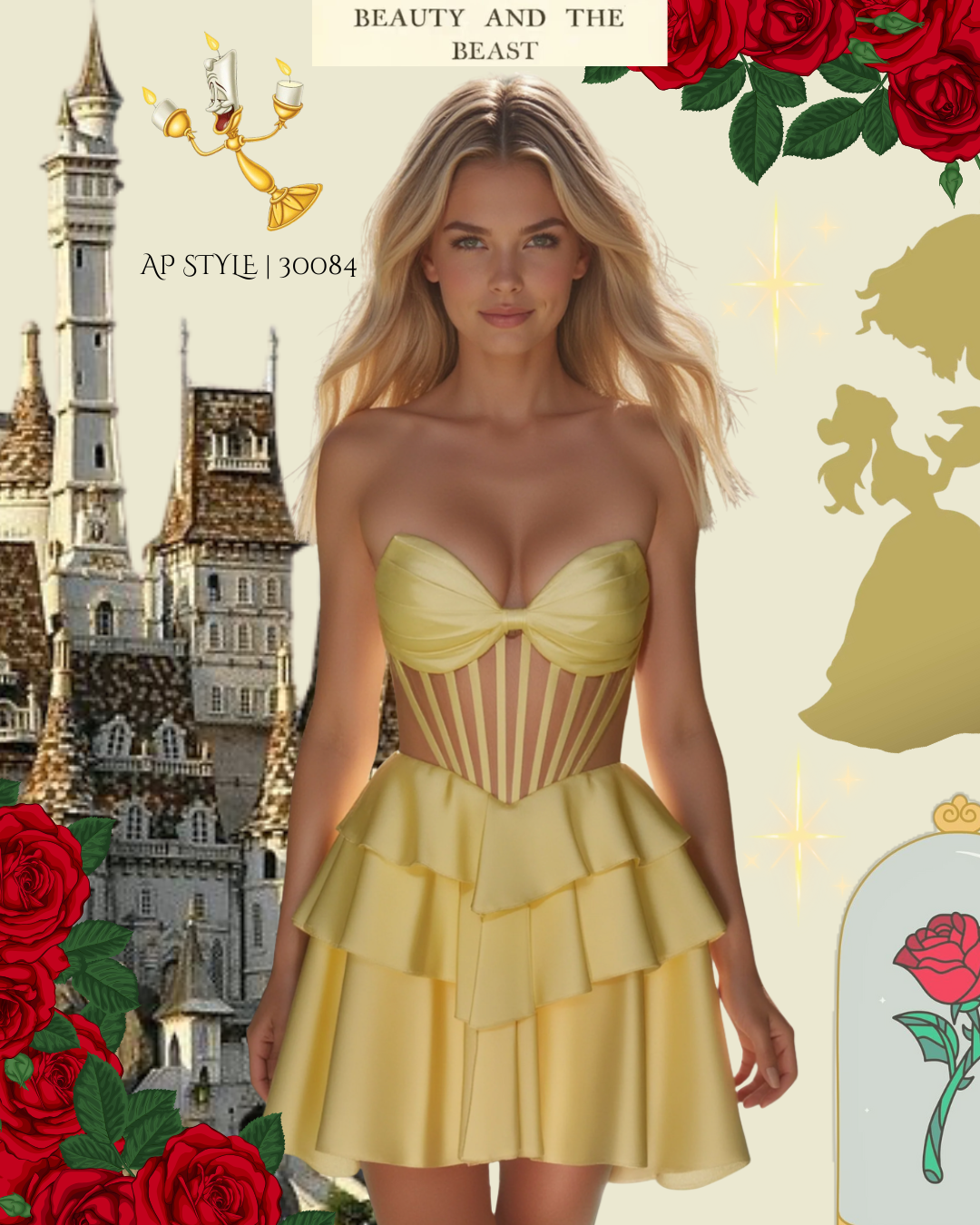How To Dress My Body Type: Finding Your Most Flattering Dress Style
Every woman has a unique body shape, and understanding your own can empower you to choose clothes that enhance your best features and make you feel confident. Here’s a guide to the different body shapes and tips on how to dress each one.
1. Hourglass Shape
Characteristics:
- Curvy hips and bust with a defined waist.
- Balanced proportions between the top and bottom halves.
Dressing Tips:
- Emphasize the waist: Opt for fitted dresses and high-waisted skirts that highlight your natural curves. Belts can also be a great accessory.
- Choose the right neckline: V-necks and sweetheart necklines enhance the bust while balancing proportions.
- Tailored pieces: Look for tailored blazers and coats that cinch at the waist to maintain your shape.
2. Pear Shape
Characteristics:
- Wider hips and thighs with a smaller bust and defined waist.
- Shoulders are narrower than the hips.
Dressing Tips:
- Focus on the top half: A-line skirts and flared pants balance wider hips. Pair them with structured tops or embellished blouses to draw attention upwards.
- Highlight your waist: Use belts and high-waisted bottoms to create a more defined waistline.
- Go for darker colors on the bottom: Darker shades can help streamline the lower half, while brighter colors or patterns can be used on top.
3. Apple Shape
Characteristics:
- Broader shoulders and bust with a fuller midsection and narrower hips.
- Little definition at the waist.
Dressing Tips:
- A-line silhouettes: Dresses and tops that flare out from the bust help create a more balanced look.
- V-necklines: These can elongate the torso and draw attention away from the midsection.
- Layering: Long cardigans or structured jackets can create vertical lines, adding shape without clinging to the waist.
4. Rectangle Shape
Characteristics:
- Balanced proportions with a straight silhouette; similar measurements for bust, waist, and hips.
- Often lacks defined curves.
Dressing Tips:
- Create the illusion of curves: Use belts to cinch the waist, and opt for ruffled or peplum tops to add volume to the bust and hips.
- Layer wisely: Structured jackets and blazers can add shape to the shoulders and hips.
- Experiment with styles: Try fit-and-flare dresses or high-low hemlines for added dimension.
5. Inverted Triangle Shape
Characteristics:
- Broader shoulders with a narrower waist and hips.
- Bust is wider than the hips, creating a triangle effect.
Dressing Tips:
- Balance the proportions: Choose A-line skirts and wide-leg pants to add volume to the lower half.
- Avoid heavy detailing on the shoulders: Opt for simple, streamlined tops that won’t add bulk.
- Emphasize the waist: Belts and fitted dresses can help create a more balanced silhouette.
Conclusion
Every body shape is beautiful, and the key to dressing well is understanding what works best for you. By identifying your body shape and following these tips, you can enhance your natural beauty and feel confident in any outfit. Remember, the best style is one that makes you feel good, so don’t be afraid to experiment with different cuts, colors, and fabrics until you find what feels right for you, even if it not listed above! <3




